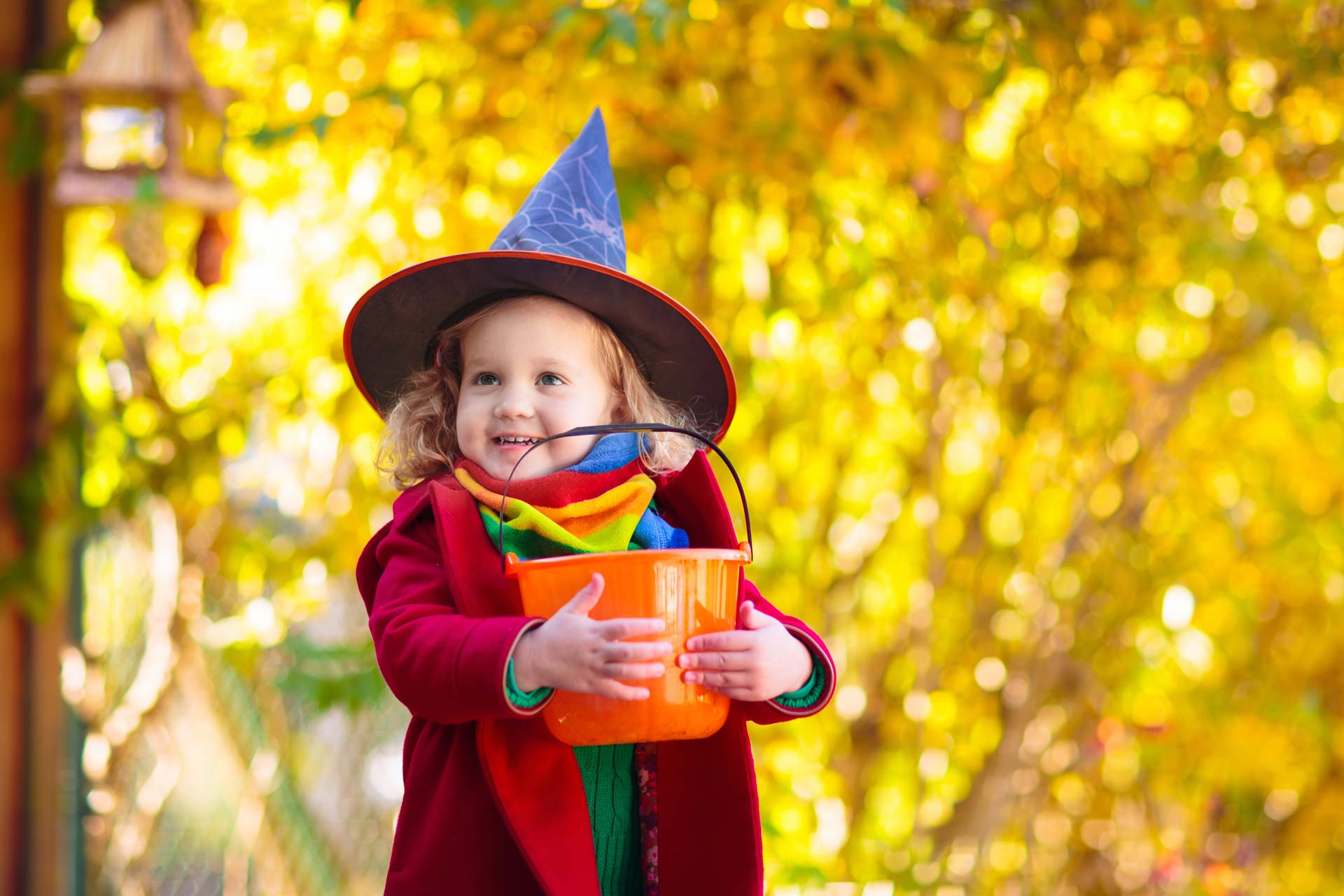Halloween is an exciting time of year for children. It’s a day when they get to dress up as their favorite characters, go trick-or-treating, and eat their favorite candies. However, amidst the fun and festivities, safety should always be a top priority. In this blog, we’ll discuss essential Halloween safety tips to ensure that children have a safe and enjoyable experience during this spooky holiday.
- Costume Safety:Choosing the perfect Halloween costume is one of the highlights of this holiday. However, it’s important to ensure that the costume is not just creative but also safe.
- Visibility: Opt for costumes that are brightly colored, or add reflective tape to make your child more visible to motorists.
- Fit: Ensure that the costume fits properly, reducing the risk of tripping. Avoid costumes that are too long or have loose, flowing fabric.
- Masks: Masks can get in the way of children’s vision and make it difficult to breathe. Consider using face paint or makeup as an alternative, and if a mask is necessary, ensure it has large eye holes and proper ventilation.
- Props: If your child’s costume includes props like swords or wands, make sure they are soft and flexible to prevent accidents.
- Trick-or-Treating with an Adult:Children should always be accompanied by a responsible adult while trick-or-treating. Holding their little hands while crossing streets is a must to ensure safety.
- Plan a Route:Before heading out, plan a trick-or-treating route. Stick to well-lit streets and neighborhoods that you’re familiar with. Inform a friend or family member about your route and your expected return time.
- Stay on Sidewalks:Teach your child to stay on the sidewalks and use crosswalks when crossing streets. Look both ways and obey traffic signals. Remind them to be aware of their surroundings.
- Be Wary of Strangers:Reinforce the importance of not talking to or accepting anything from strangers. Make sure your child knows to visit well-lit houses but never enter anyone’s home, even if invited.
- Check Candy:Before your little one indulges in any treats, inspect the candy together to ensure it’s in the original, unopened packaging. Discard any suspicious items.
- Limit Sugar Intake:Moderation is key, especially for the youngest children. Consider setting limits on how much candy your child can consume in one sitting.
- Food Allergies:If your child has food allergies, be vigilant. Check candy labels for allergens, and consider participating in the Teal Pumpkin Project, which promotes providing non-food treats for children with allergies.
- Pet Safety:If you have pets, be mindful of their comfort during Halloween. The costumes and strangers at the door can be overwhelming for them. Keep pets in a quiet, secure area away from the commotion.
- Have Fun & Communicate:Above all, encourage your child to have fun and communicate any concerns they might have. Make Halloween a memorable and enjoyable experience by creating lasting family traditions while prioritizing safety.
Halloween is a time for children to embrace their creativity, have fun with friends and family, and enjoy sweet treats. By following these Halloween safety tips, parents can ensure that their little witches and wizards, ghosts and goblins, have a safe and enjoyable night of trick-or-treating. With the right precautions in place, Halloween can be a treat for everyone involved, ensuring that the spookiest thing about the night is the costumes.






